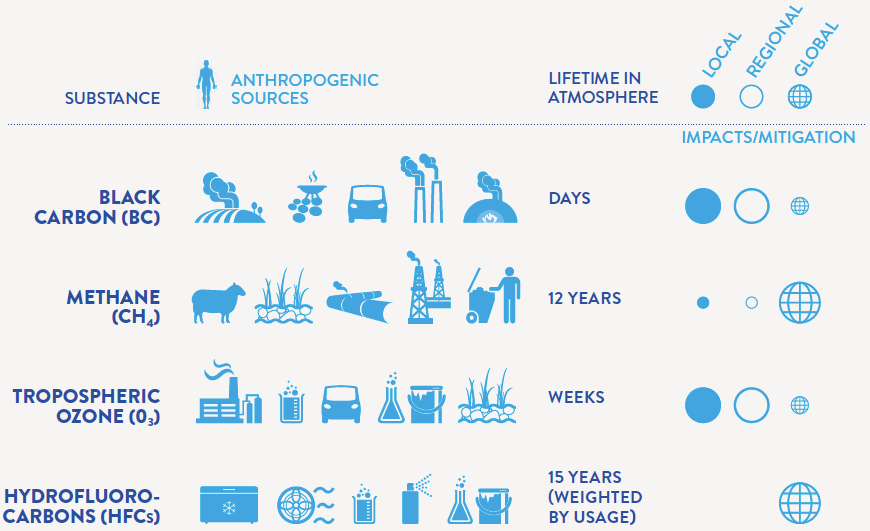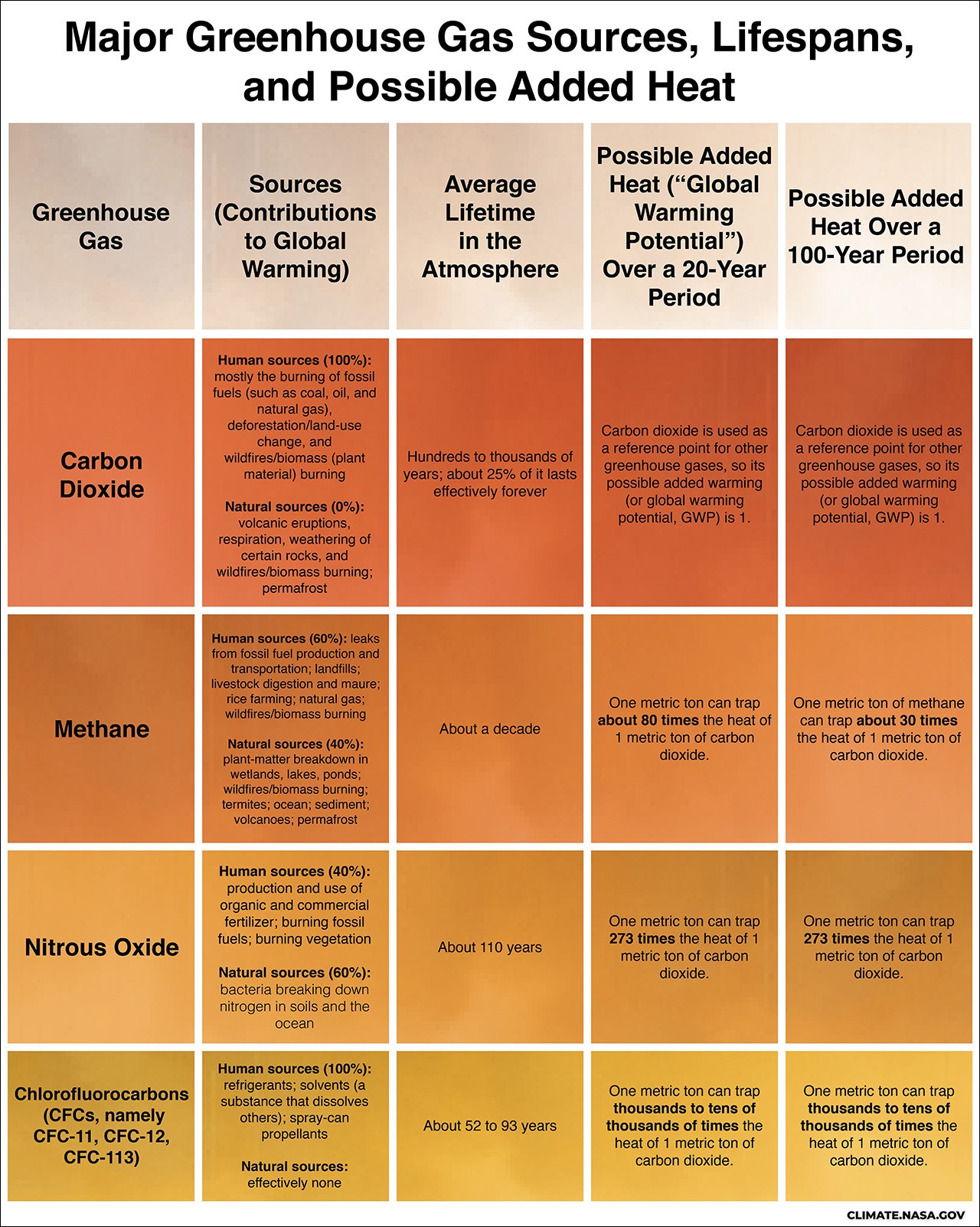Description

Disclaimer: Copyright infringement not intended.
Context
- The concentrations of greenhouse gases (GHG) rose to record levels in 2022, according to World Meteorological Organisation (WMO).
Findings of WMO
- The rise in concentrations of GHGs is mainly due to the use of fossil fuels for various human activities.
- This would lead to a further rise in global average temperatures, sea-level rise, glacial melting and an increase in frequency and intensity of rapid-onset extreme weather events such as torrential rainfall, flash floods, tropical cyclones and heatwaves.
- Global average concentrations of carbon dioxide (CO2), which is the most important GHG, reached 417.9 parts per million, for the first time in 2022.
- The figure is 50 percent higher than pre-industrial levels. The concentration levels continued to grow in 2023.
- The last time CO2 concentration was at this level was 3-5 million years ago when the Earth’s average temperature was 2-3 degrees Celsius warmer and sea levels were 10-20 meters higher than they are today.
- The rate at which CO2 levels grew in the last year was slightly lower than in 2021 and the average for the decade.
- This was most likely due to natural, short-term variations in the carbon cycle and that new emissions as a result of industrial activities continued to rise.
- Around 50 percent of this CO2 remains in the atmosphere, causing global warming.
- Around 25 percent is absorbed by the oceans, causing ocean acidification, which is harmful for marine plants and animals. Another 30 percent is absorbed by ecosystems on land, such as forests.
- All these are known carbon sinks, though there is considerable year-on-year variability in them.
- The concentrations of the other two major GHGs — methane and nitrous oxide — also grew in 2022.
- Methane, which has the second-highest concentration in the atmosphere, reached 1,923 parts per billion.
- Nitrous oxide, which has the third-highest concentration in the atmosphere, reached 335.8 parts per billion. It saw the highest year-on-year increase from 2021 to 2022. The gas is 300 times more potent than CO2 at trapping heat.
- CO2 accounts for 64 per cent of the global warming effect, while methane accounts for 16 per cent and nitrous oxide accounts for 7 per cent.
- As long as emissions continue, CO2 will continue accumulating in the atmosphere, leading to global temperature rise.
- Given the long life of CO2, the temperature level already observed will persist for several decades even if emissions are rapidly reduced to Net Zero.
- Despite decades of warnings from the scientific community, thousands of pages of reports and dozens of climate conferences, we are still heading in the wrong direction.
- Socioeconomic and environmental costs will soar. We must reduce the consumption of fossil fuels as a matter of urgency.
- There are still a lot of uncertainties in understanding the mechanisms of how CO2 moves between the ocean, the land biosphere and the permafrost areas, as per the organisation.
- The Global Greenhouse Gas Watch (GGGW) could help with understanding and resolving these uncertainties. The monitoring body was approved by the WMO recently.
- These uncertainties, however, must not deter action. Instead, they highlight the need for flexible, adaptive strategies and the importance of risk management in the path to Net-Zero and the realisation of the Paris Agreement’s goals.
- The provision of accurate, timely, and actionable data on greenhouse gas fluxes becomes more critical.
- The GGGW shall ensure sustained GHG monitoring “in order to be able to account for both human activities related and natural sources and sinks.

READ
GREENHOUSE GAS EMISSION
https://www.iasgyan.in/daily-current-affairs/greenhouse-gas-emissions
GHGs and Earth's Climate Transition
https://www.iasgyan.in/daily-current-affairs/rising-methane-and-earths-climate-transition#:~:text=The%20increase%20in%20methane%20levels,is%20just%20under%20a%20decade.
Global Tracker of GHG
https://www.iasgyan.in/daily-current-affairs/global-tracker-for-greenhouse-gas-emissions
GHG Tracker Mechanism
https://www.iasgyan.in/daily-current-affairs/ghg-tracker-mechanism
WMO:
https://www.iasgyan.in/daily-current-affairs/world-meteorological-day-9
|
PRACTICE QUESTION
Q. Identify the correct sequence (decreasing order) of lifetimes of the following gases and pollutants in the atmosphere:
a) Methane
b) Nitrous oxide
c) Black Carbon
d) CFC - 11
Choose the correct answer from the options given below:
1. d > b > a > c
2. b > d > a > c
3. b > d > c > a
4. d > b > c > a
Answer
Option 2 : b > d > a > c

|










